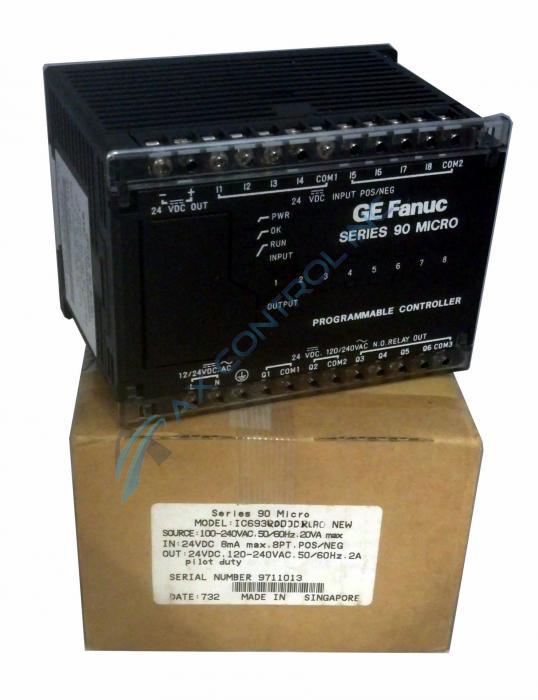If you’re reading this, you probably already own a GE PLC. So we’re not going to bore you extolling the virtues of these robust, long-lived devices.
Instead, we’re going to give some advice on best practices that will help you get the most out of your system. We have five primary suggestions that will help save you money and will improve the usefulness of these products.
Understand PLC Battery Lifespan
Pretty much every PLC ever designed has a battery backup connected to the CPU board. This battery will power the EPROM (Erasable Programmable Read-Only Memory) if the main power supply fails or needs temporary removal, like when maintenance occurs.
Without the battery backup, content within the processor’s non-volatile memory can be lost. This is why batteries are so important.
Most lithium battery assemblies can be used for as much as five years. But check the voltage levels of your battery backup on a regular basis. When levels drop to near or below recommended levels, it’s time to replace the battery with a new one.
Stock Up on Spare PLC Parts
It’s true that PLCs are long-wearing and tough. In fact, these controllers can last decades if properly maintained.
But you can’t maintain PLCs if you don’t have the right parts for them. And let’s face it, finding parts for legacy systems no longer supported by the OEM can get tricky.
Maintain an ongoing audit of the parts you need most often. Then try to build your replacement stock so you’ll always have what you need on hand. That way you can replace back to your overstock instead of holding a repair until a part ships.
But don’t worry: if this doesn’t work for your business, most in-stock parts can ship from the AX Control warehouse in just a few hours.
Replace Power Supplies on Time
Your PLC’s power supply works hard. While most power supplies will last five years or longer, if you haven’t replaced your power supply in closer to ten years, it’s past time.
This is especially true if you put your power supplies under high loads for long periods of time. This kind of use can overstress power supplies. Best practices suggest keeping at least one replacement on hand at all times for quick swaps.
Understand PLC Heat Management
Heat is as big a problem for machines as it is for humans. And it can kill them just as fast. So keep your machines cool by
- Cleaning regularly. Dust from everyday factory operations can build up on, creating a sweater-like effect. Use canned air to blow away dust and debris.
- Checking your filters. Ventilation filters should be checked and changed often.
- Doublechecking OEM installation guidelines. If you installed your PLC incorrectly to begin with, it may be too close to other components. Without proper air gaps, machinery can overheat.
Keep Your GE PLC Maintained
Yes, you’ve heard it before. But regular maintenance is that important. Machinery has to be maintained. It’s a matter of deciding whether you do it on your schedule or on the machine’s. (Hint: your schedule is always better.)
Along with the heat management tips above, make sure to regularly check your mounting screws and bolts. This ensures everything is properly attached and keeps vibration to a minimum.
Additionally, you should also check for electrical spikes and proper power flow. Make sure to inspect all your wired connections to make sure everything is still attached according to manual specifications.
Finally, make sure your PLC is shielded from interference. Electromagnetic interference (EMI) and radio frequency interference (RFI) can both affect how well your PLC functions.
And don’t forget: AX Control is here to help you. Not only do we offer a wide variety of GE PLC parts, we can also help with PLC repairs when you need them.


You must be logged in to post a comment.